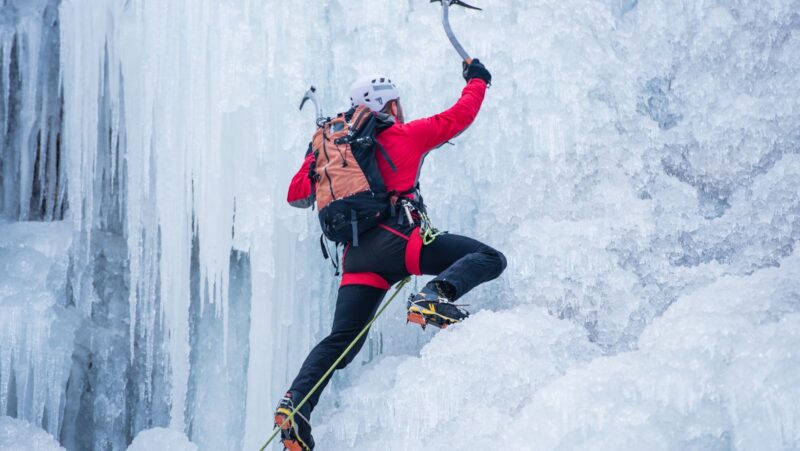
Walking is free, and so the Camino de Santiago is hardly ever going to be a lavish vacation. However, there are some costs involved, but it’s possible to keep the costs down so you can enjoy these trails more regularly without breaking the bank.
Strategic Pre-Trip Planning
Planning is going to be where a lot of your money is saved on the trip. The Camino Francés, which is the most trodden route, has a lot of budget infrastructure due to its many albergues and pilgrim menus. Already, opting for a less popular route may mean ending up in more expensive hotels. And, another way to avoid that is to use Santiago Ways, which is a travel agent who has good connections with albergues and affordable accommodation and will take care of that for you.
Another budget move is to go during shoulder seasons, such as Spring and Autumn. It’s less crowded, flights are cheaper, but it’s also more pleasant weather anyway. Book any flights and public transport tickets well in advance. The essential Pilgrim’s Credential, which is required for albergue access, costs a small donation of around €2-€3.

Mastering Albergue Accommodation
Albergues are going to be your bread and butter of budget Camino lodging. Municipal (which are council-run) and parochial (which are church-run) albergues are your two economical choice, generally costing between €8-€20 per night. Some parochial albergues even operate on a donativo basis, which means you pay by donation, though these are typically first-come, first-served. And, this can be a false economy because if they’re full up, you may be forced to buy an overpriced local hotel instead. So, whether or not you should do this may depend on if it’s peak season.
Private albergues will cost a bit more, but will have more amenities and private bathrooms. For all albergues, a silk or cotton sleeping bag liner is required, while earplugs and an eye mask are also recommended.
Eating And Drinking Economically
Eating well on a budget is actually quite feasible. The “Menú del Peregrino” (Pilgrim’s Menu) is commonly offered in towns along the major routes, and this set three-course meal will be cheap and often include bread and wine or water. For maximum savings, you can use the albergue kitchens and buy groceries. Regarding hydration, tap water in Spain is generally safe but ask around beforehand, as it depends on where you are. Carry a reusable water bottle and refill it at public fountains.

Good Gear Without Breaking The Bank
You should invest in high-quality, well-broken-in hiking shoes, as this isn’t something to skimp on. Good quality moisture-wicking socks will also go far, and having fewer items (because they’re good quality) can lead to less luggage costs. If you don’t have a backpack or trekking pole, just ask around your friend group to borrow one (or get second-hand ones). For laundry, hand-wash clothes frequently or coordinate shared machine loads with other pilgrims.
Your Affordable Camino Awaits
Completing the Camino de Santiago on a budget isn’t only possible, it’s actually set up to be affordable. A lot of the best experiences come about because of the low budget, as it forces you to ask for help, ask to share, and be closer to other pilgrims.



